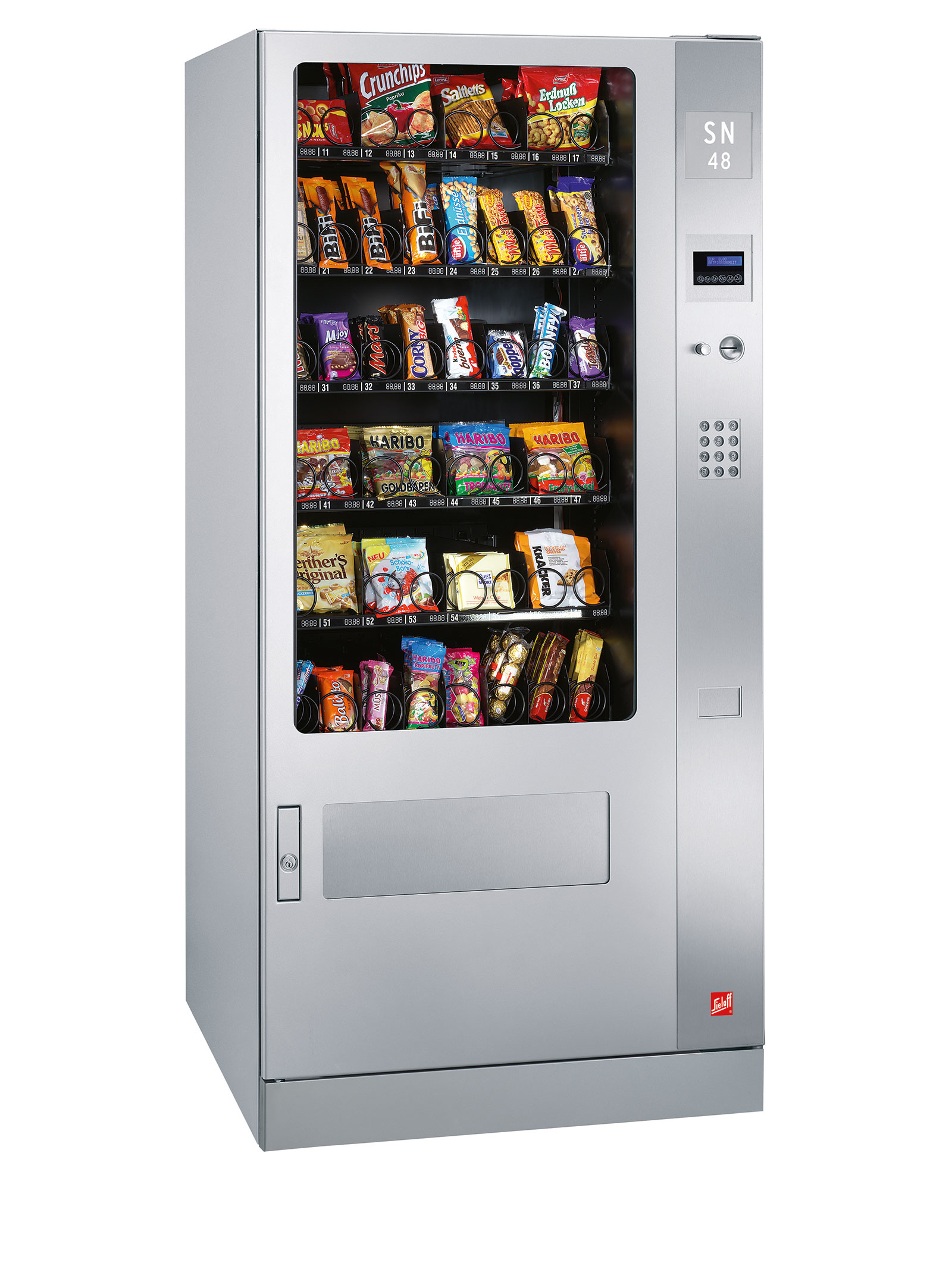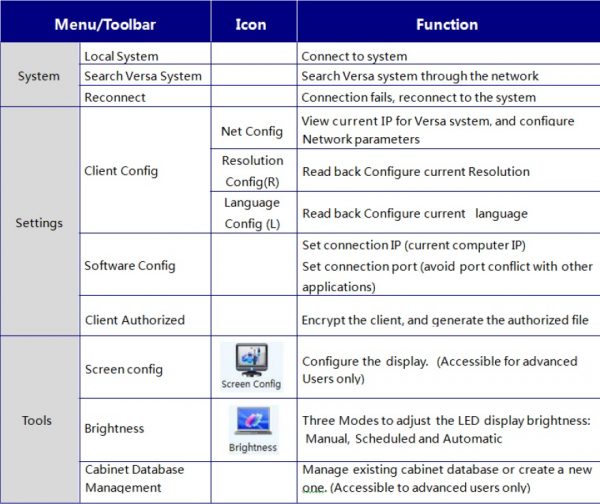

#Config pro 6 software windows
Because of this, it is often common for administrators to also lock this file using windows file permissions so that the settings cannot be modified without administrative privileges. Below is a picture that demonstrates the hierarchy, starting with the working directory config.pro and moving downwards to the config.sup file. This file is contained in the installation directory, is read first, and establishes settings that cannot be changed regardless of values in later config.pro files. To help “force” configuration settings onto their users, PTC provides an additional file called a “config.sup” file. In this case, Creo would use the “unit_mm” value. If there are duplicate configuration settings found in the above files, the latter one will be used (aka, if a duplicates option is found in the working directory, Creo will use that value). But then the config.pro at the user’s home directory level also contains this setting, but with a value of “unit_mm”. Let’s say that the config.pro in the installation directory contains a setting for “pro_unit_length”, which has a value of “unit_inch”. These files are loaded chronologically in this order, which can be important. A good way to check this directory is to click the “Select Working Directory” button while in Creo (File -> Session -> Select Working Directory) Out of the box, this is set as “C:\Users\Public\Documents” – however, the default working directory may be changed depending on your configuration.
#Config pro 6 software code
For example: C:\Program Files\PTC\Creo 3.0\M110\Comon Files\text\ (or a variation based on the version and date code installed)

This is simply a text file with the same exact configuration settings as shown in Creo’s Configuration Editor.

So, how would a user change their default values so that they don’t have to change their settings every single time they launch Creo?Īny of these settings can be stored in a configuration text file called a config.pro file. This level of configuration is extremely powerful, but can also be very daunting to a new user, as it is almost impossible to understand how each and every setting can be changed and how they may interact with each other. There are over 1700 configuration settings available in the Configuration Editor of Creo Parametric. For Creo Parametric many users will simply open the Configuration Editor (File -> Options -> Configuration Editor) and add or modify their settings there (see below example picture of the Editor). Things like default unit systems, template parts, file paths, and even colors can be changed and customized depending on the design, user preferences, or company standards.

When engineers start using a new CAD tool, often times they will need to reconfigure some of the out-of-the-box settings.


 0 kommentar(er)
0 kommentar(er)
